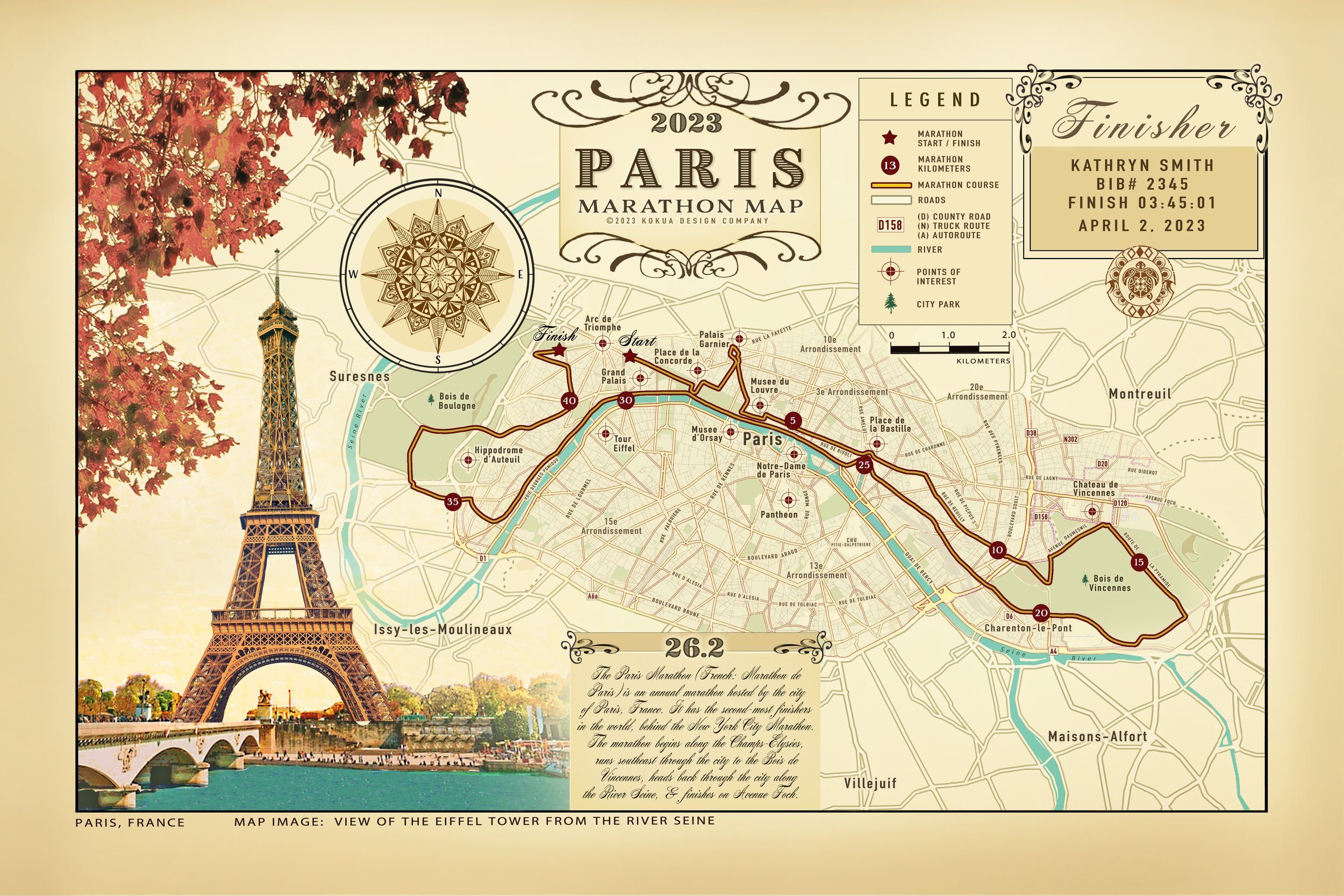The Artistic Masterpiece of Maps: The Importance of Artistic Elements in Map Design
Maps have been an essential part of human history, guiding explorers, traders, and travelers across lands and oceans. While their primary purpose is to convey geographical information, maps possess an inherent artistic quality that often goes unnoticed. The artistic elements in map design play a crucial role in enhancing their functionality, aesthetics, and overall impact. As a kid, I was always drawn to artwork, and in particular, Maps. As an artist, I’ve focused on Mapmaking with a primary consideration in Cartographic Design. In a world now filled with GIS and digital mapping, the “Art of Map Making” seems to be a novelty or niche, rather than the norm. In this blog, I will delve into the significance of artistic elements in map design and explore how they elevate maps from mere tools to captivating works of art.
Capturing the Spirit of a Place:
Through creative cartography and artistic choices, a map designer can capture the unique spirit of a place. By using colors, illustrations, and typography, maps can convey the essence and personality of the depicted region, providing an emotional connection for users. A well-designed map can evoke nostalgia, spark curiosity, or even inspire wanderlust, making it more than just a navigation aid.
Enhancing Legibility and Navigation:
Artistic elements play a crucial role in enhancing the legibility of maps. Thoughtful use of symbols, icons, and visual hierarchy helps users interpret the information quickly and efficiently. A skillfully designed map can present complex data in a visually appealing manner, simplifying navigation and reducing cognitive load.
Storytelling and Historical Context:
Maps have the power to tell stories, and artistic elements serve as vital storytellers. From ancient cartographic illustrations to modern thematic maps, the visual elements help convey historical context and cultural narratives. By blending factual data with artistic depictions, maps transform into narratives of human history and exploration, providing users with a more engaging and memorable experience.
Encouraging Exploration and Adventure:
Artistic maps have the unique ability to ignite a sense of exploration and adventure in users. Whether it's an illustrated treasure map or an imaginative fantasy world, the creative elements beckon users to explore the depicted landscapes and discover hidden details. This interactive and playful aspect of artistic maps makes them a valuable tool for educational purposes and children's learning materials.
Fostering an Appreciation for Geography:
By infusing artistic elements into map design, cartographers can make geography more accessible and enjoyable for a broader audience. Rather than being perceived as purely utilitarian tools, maps become visually stimulating artworks that encourage individuals to learn more about the world around them. This, in turn, fosters an appreciation for geography and a desire to understand the interconnectedness of global landscapes.
Conclusion:
In conclusion, the importance of artistic elements in map design goes beyond mere aesthetics. Creative cartography elevates maps into captivating works of art that can inspire, educate, and entertain users. By capturing the spirit of a place, enhancing legibility, telling stories, encouraging exploration, and fostering an appreciation for geography, artistic maps become powerful tools that engage users on multiple levels. As we continue to push the boundaries of map design, embracing artistic elements will undoubtedly play a pivotal role in shaping the future of cartography. The next time you look at a beautifully designed map, take a moment to appreciate the artistry behind it and the artist who designed those creative contours.
